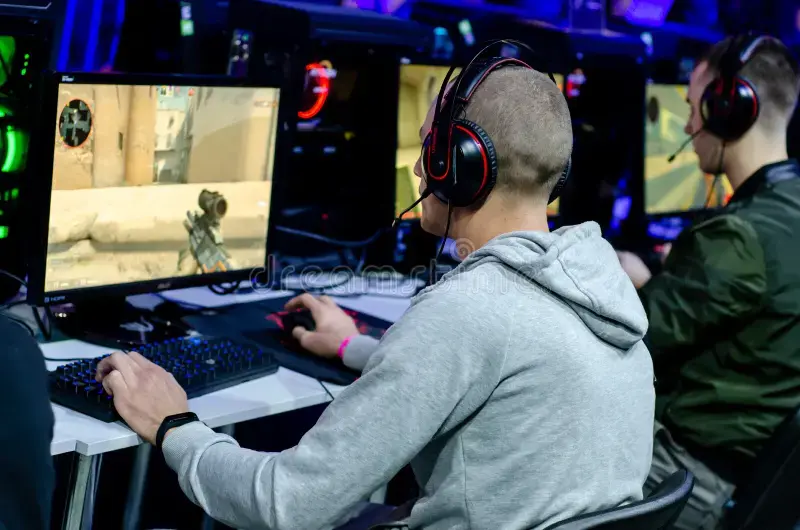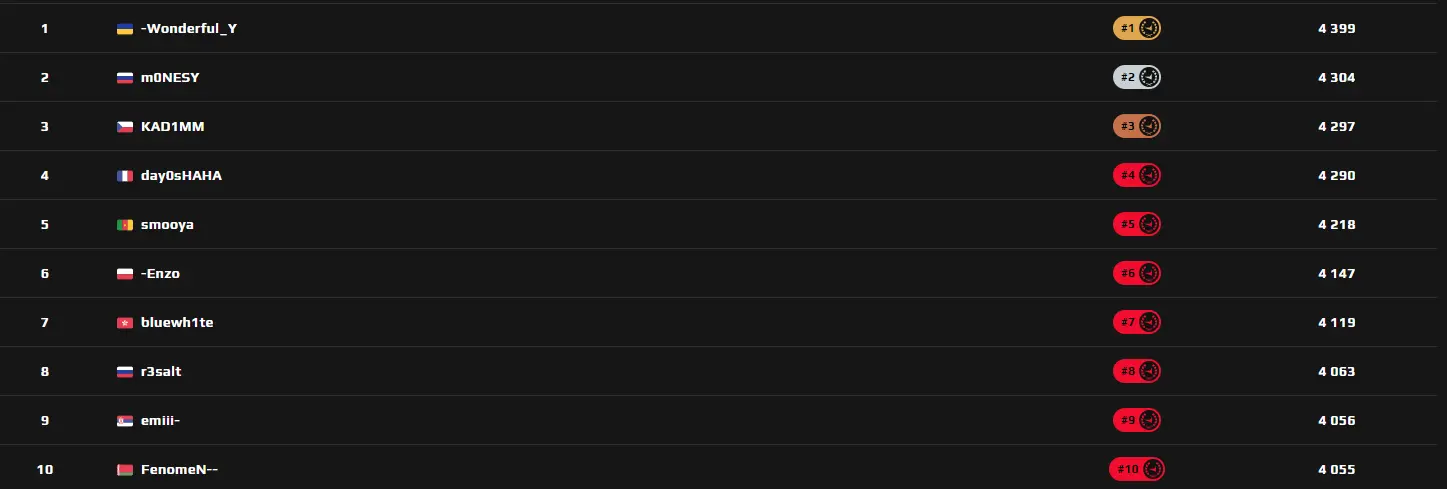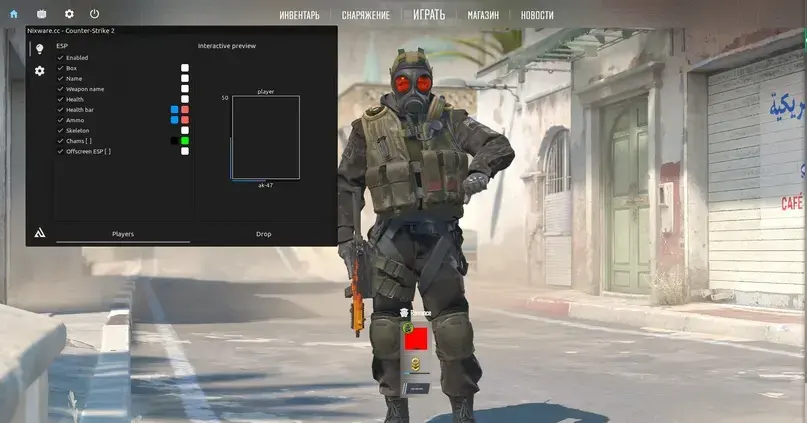
Since the release of Counter-Strike: Global Offensive, more than 120 million Steam accounts have registered, either purchasing the game or acquiring it for free. However, considering these numbers, it cannot be said that all these accounts were created by unique players, as many have two or more accounts.
Just imagine if we take that at least 80 million players were unique—that would be as if every single resident of Germany had played Counter-Strike at least once. But how many of them wanted to go further than just playing regular Faceit or Match Making?
Indeed, for about 120 people, playing Counter-Strike has truly become a job. And that's just 0.0001% of all players. But how many people wanted to, spent thousands of hours of their life on this game, which ultimately brought them nothing?
Today, we'll discuss why the path to tier-1 level is so difficult and only the strongest and most fortunate can achieve it.
He who has money is stronger?
We start with the most obvious—money. Imagine a typical schoolkid whose home computer can only manage 40 or 50 FPS, and contrast that with an 18-year-old who has earned enough money to buy a powerful computer that averages 400 FPS, with a 360 Hz monitor and the best devices.
In such a scenario, our schoolkid's chances of beating the 18-year-old plummet to zero. Yes, you might say there are players who have fully raised their ELO to 2000, but where are they now?
We're saying that at a higher level, it's very important to have a good computer, as milliseconds will make the difference. I know what I'm talking about, having raised my ELO in CS:GO to 2200.
From this, we conclude that the first goal of any player who wants to make it to the tier-1 scene is to assemble a good computer.

And how do you get into NAVI?
Let's talk more about the path a young player must take. There are essentially two ways to reach the tier-1 scene.
One is through FPL, where a scout from a major organization might spot you and offer a contract. Or you need to play at local LAN championships, build your team, and do everything so that you too are noticed. Of course, you can also pass qualifications with your own team and make a name for yourselves there.
However, the main goal is always to be known and talked about, which scouts might later notice and invite you either to the main lineup or to an academy.

Why is getting into FPL total randomness?
If playing at LAN championships is still more or less understandable, how do you get into FPL?
Let's start by explaining what FPL is. FPL, or Faceit Pro League, is an exclusive gaming hub on the Faceit platform that has gathered the most talented players from around the world under its roof. Participants in this league compete for top spots and a chance to win significant cash prizes. But more importantly, they strive to showcase their unique skills to attract the attention of leading global teams. FPL isn't just a competition; it's a place where each participant can prove they deserve to be part of the esports elite.
So, to get into FPL, you need to reach level 10 on Faceit, buy a premium subscription, and play, play, and play some more. The most important thing is to win, of course. For each match you play, points will be awarded, and you'll be placed on the leaderboard. As always, a win adds points, and a loss subtracts them.
On April 13, the leaderboard looks like this:

And what do we get? Only the top three players from all participants will receive the coveted invitation to FPL, and keep in mind that the season lasts from February 16 to June 30. That's 165 days of continuous games. It feels like in the end, it comes down to who is luckier in a few games—they will be the ones who advance.
And the rest of the mass of people who spent another 165 days on the game will be left out. By "luck," we mean team matchmaking or killing in mid-jump—in this game, everything counts.
But it should also be mentioned that in the European selection for Faceit, 10 prize places are also played out:
- $25,000 + FPL trial period
- $10,000 + FPL trial period
- $5,000 + FPL trial period
- $2,500
- $2,000
- $1,750
- $1,500
- $1,000
- $750
- $500
A similar prize distribution occurs in North America and South America. More details can be found here.
We lost knives, so I will be ruining
Throughout your path, you will encounter hundreds, if not thousands, of players who, after each lost round, will shout something like: "That's it, I'll be ruining, everybody muted." This means you are already playing a game 5 against 4.
Because of such people, you will lose 90% of your games on Faceit. And these players don't care; they just sat down to play after work with a beer, and they simply enjoy ruining your day.
So, the only advice here is to gather a team or just a stack of friends, with the main goal of winning a major.
Radar hack — it's business
What if I told you that 80% of tier-3 and some tier-2 online tournaments are won by cheaters? You might not be surprised, but unfortunately, that's the way it is. Guys make a living from this, for them—it's their bread and butter. And tournament operators can't do anything about it.
Cheaters use a DMA card, which no anti-cheat in the world can detect. More about how this works can be read here.
So making a name for yourself from some online championships will be very difficult, because either you will be suspected of cheating after winning, or you will lose to cheaters. It's that simple.
Moreover, let's talk about the prize money at tier-3 competitions. In various championships, the prize pool does not exceed $1,000, if it's not much lower. So for example, a student who no longer lives at the expense of their parents, victories at such tournaments will not be able to sustain them. Especially when there are cheaters playing and it becomes even more difficult to win a prize place.

Esports — it's not just what's on the screen
The media component in esports has become so ingrained in us that we hardly notice it anymore. Just remember the current sniper of the G2 Esports team Ilya "m0NESY" Osipov, who was only taken into the NAVI Junior team after he started shining on YouTube.
So if you want to at least try to get into esports—work on your media presence. Create content on Twitch, YouTube, or other social media. The most important thing is to be in the public eye and start building your fan base now. The best way is considered to be collaborations with already famous bloggers.
All in on black
The road to big esports can bring a lot of positive or negative emotions. The most unfortunate thing is that for 99% - it's just a waste of time. What are we talking about now?
As the sages said: spend 10,000 hours on a task, and only then will you become a master. The same with Counter-Strike. You need to spend a huge amount of time in this game. But what if it doesn't work out? Shouting "free cashier" at McDonald's is not very appealing.
But otherwise, if you want to go further, you need to give all your strength and energy to the game. But in the end, all you get is fame, money, and the fulfillment of dreams, or a shaken nervous system, health problems, 10,000 hours in the game, and uncertainty about tomorrow.
If you spend all your time gaming, you can forget about education or obtaining a qualification by other means. And sitting at the computer for more than 10-12 hours a day will take a very big toll on your body, although you may not feel it so strongly now.

Conclusion
I hope I have clearly and understandably described everything in this article. All that remains for me to say in conclusion is to think ten times before starting this thorny path. But if you have chosen this path for yourself, go for it and never stop at what you have achieved.
Your life is in your hands, as is the choice. The choice is yours. Good luck in all your endeavors!
Related analytics
Latest top news




Comments1